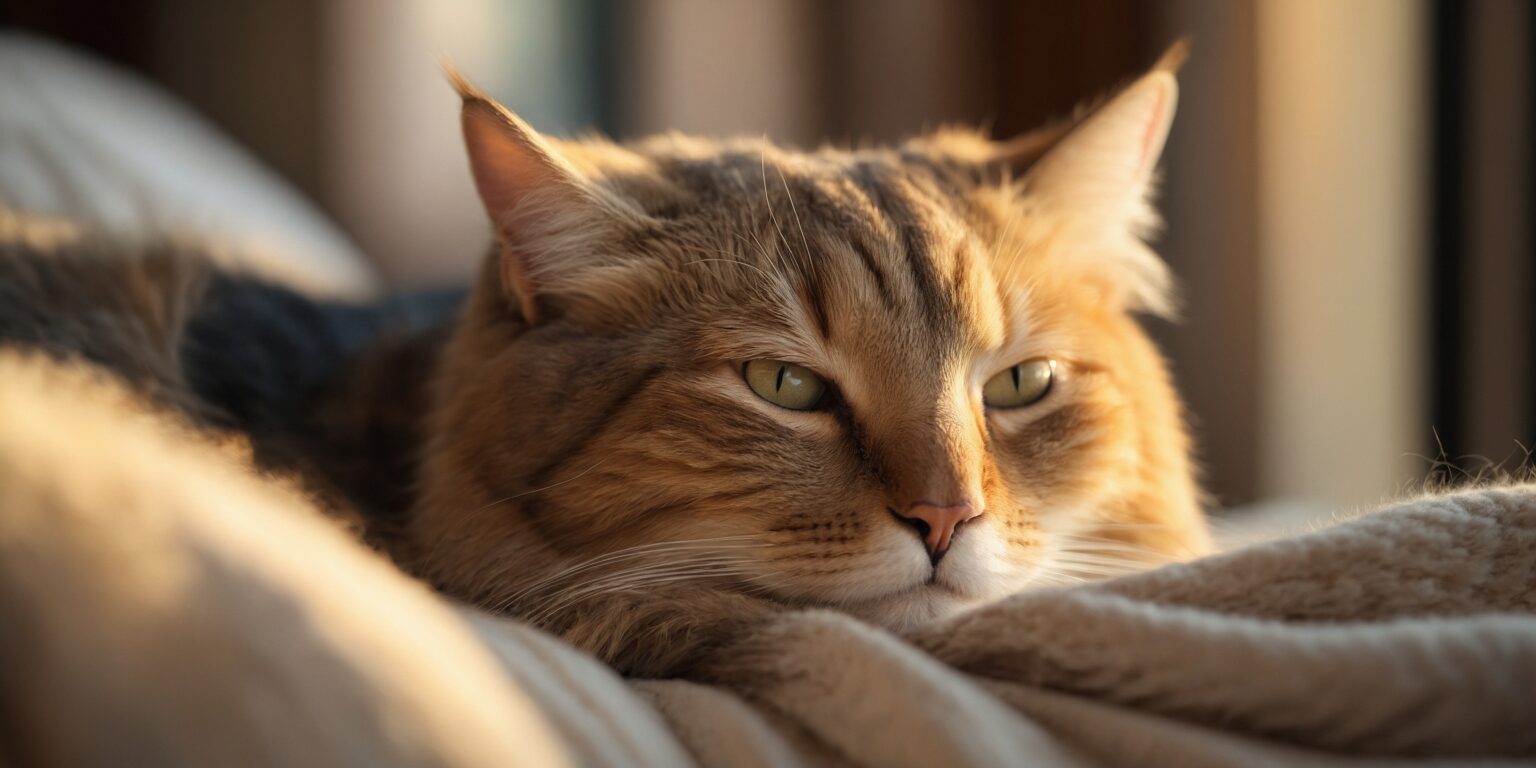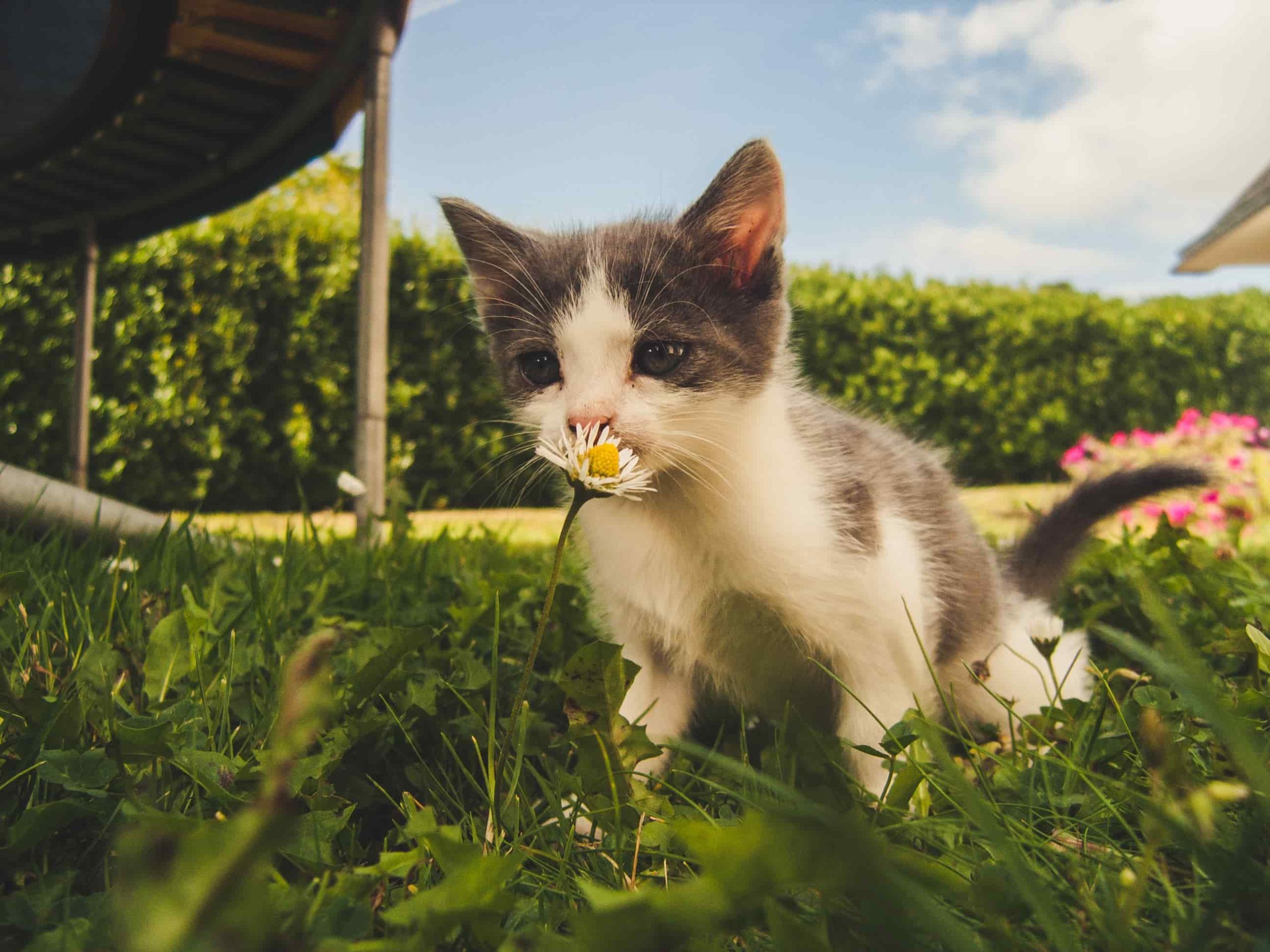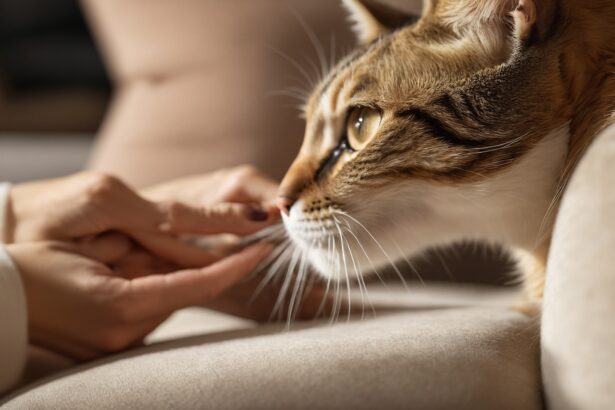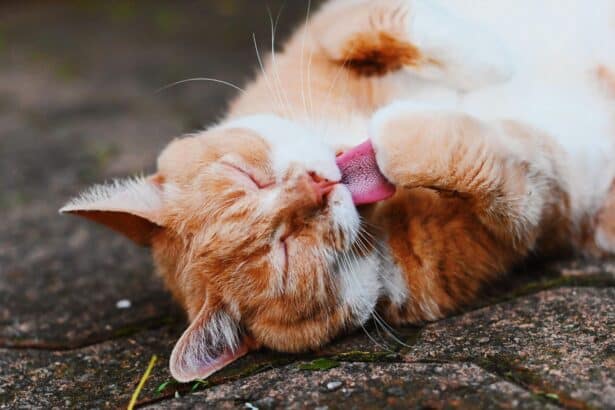Understanding post-mortem rigidity in cats
What is post-mortem rigidity?
Post-mortem rigidity, also called rigor mortis, is the temporary stiffness that appears in muscles after death. In simple terms, without oxygen the body can no longer make ATP, the energy that lets muscles relax after they contract. Calcium builds up, muscle fibers lock together, and the body becomes firm for a time.
It may look alarming, but it is fully natural and painless. Your cat is not aware of it, and it isnt a sign of suffering or of anything you did wrong.
When does it appear and fade in cats?
In many cats, stiffness begins within 13 hours after death, becomes more obvious around 612 hours, then gradually softens again over the next 2448 hours. The exact timing shifts with temperature, body size, and activity right before passing.
Surprising fact: rigor mortis often starts in smaller muscles first the jaw and paws before it spreads to the trunk and hind legs. As natural protein breakdown continues, the body returns to a softer state on its own.
If youre gently trying to understand final behaviors too, you may find comfort in reading about why some cats hide when the end is near.
Recognizing post-mortem rigidity: signs you may notice
Common visual indicators
- Stiffness beginning at the jaw (a closed or firm mouth) and paws.
- Limited joint movement; the legs may feel fixed in place.
- A firm tail and a general sense that the body doesnt bend easily.
Other normal post-mortem changes
- Cooling of the body over time (algor mortis).
- Color settling in lower areas due to gravity (lividity/pooling).
- Fixed pupils, relaxed eyelids, and a softer abdomen after the rigid phase passes.
None of these changes cause pain. Theyre part of the bodys natural timeline after life ends. For broader context on a cats life journey, you might appreciate this guide on how long cats live.
What to do right now: calm, caring steps
- If youre unsure your cat has passed, contact your vet for guidance. When youre ready, gently lay your cat on their side in a peaceful spot.
- Before stiffness fully sets in, tuck the front paws close to the chest and straighten the body into a natural sleeping pose.
- Wrap your cat in a soft blanket or towel. Place an absorbent pad underneath in case of natural release of fluids.
- Keep the room cool. If youre waiting for transport or cremation, you can place a cool pack wrapped in a towel near (not directly on) the body to slow changes.
- When its time, contact your vet clinic, cremation service, or local pet aftercare provider.
Practical tip: slip a folded hand towel under the chin before rigidity sets. It supports the head and helps keep a peaceful, natural resting look.
Common mistake to avoid: do not force stiff limbs once rigor has set. Forcing can cause fractures or tears. If repositioning is truly needed, ask your vet; otherwise, wait for natural softening to return.
Loss of appetite is a frequent end-of-life sign. If youre exploring what that means medically, heres a clear explainer on why a cat that stops eating is at risk.
How to talk about it with children
- Use gentle, concrete words: Her body stopped working, and now its very still and firm. She isnt in pain.
- Reassure them that this stiffness is normal and temporary.
- Invite a goodbye ritual: place a flower, draw a picture, or share favorite memories.
Taking care of your heart
Grief is love with nowhere to go it takes time. A simple ritual can help: a small candle, a photo, a few words of thanks for all the purrs and head bumps.
If youre navigating a specific condition and end-of-life choices, you might find comfort in this compassionate guide to supporting a diabetic cat at the end of life.
Another curious note: if a cat was very active just before passing, rigor can appear a bit sooner and feel more pronounced. Its one more reason the timeline can vary from family to family.
FAQ
How long does post-mortem rigidity last in cats?
It often begins within 13 hours, peaks by about 12 hours, and eases over 2448 hours. Cooler environments may make it last longer; warmer ones may shorten the timeline.
Is rigor mortis painful for my cat?
No. Rigor mortis happens after death and is painless. Your cat does not feel stiffness or discomfort.
Can I move my cats body after stiffness sets in?
You can lift and carry your cat gently, but avoid forcing joints into a new pose. If repositioning is necessary, ask your vet or wait for natural softening.
Should I refrigerate my cats body before cremation?
If advised and feasible, a cool environment helps slow changes. Do not freeze the body; use cool packs wrapped in towels and keep the room cool until transport.







